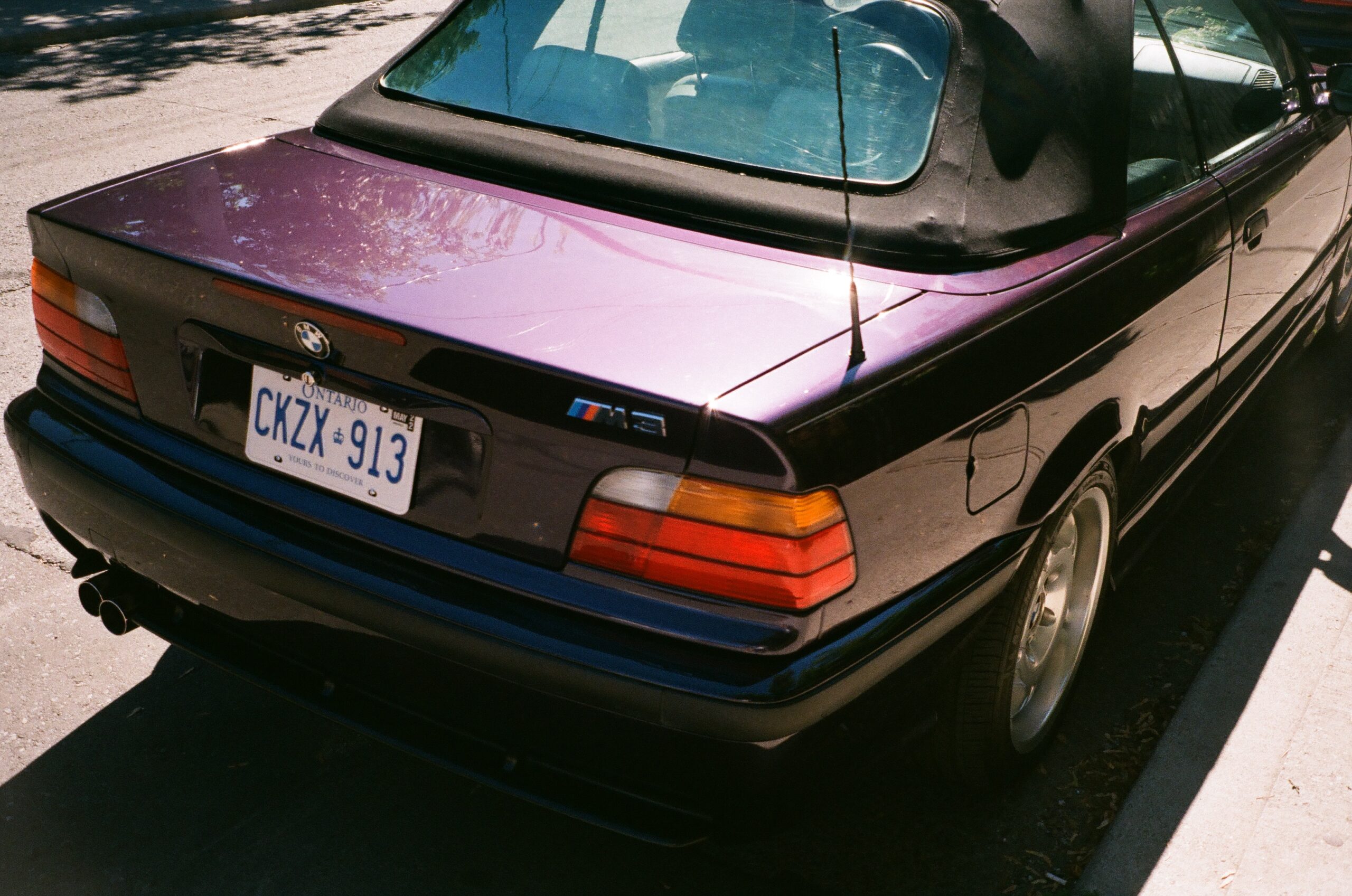Smartphone cameras are moving past their point-and-shoot identity – MobileSyrup
With the launch of Apple’s iPhone 13 and several advancements in its camera systems, I think I’m reevaluating how I feel about smartphone cameras.
Since using the OnePlus 8T and an iPhone 11, I’ve really started to fall for mobile phone cameras. That feeling was solidified in 2020 after spending time with the iPhone 12 Pro and the OnePlus 9 Pro, which both feature impeccable camera systems and have snapped some of my favourite pictures from the past year.
Shot on OnePlus 9 Pro.
The pictures are so good in some wide shots that I’d even compare them to my mirrorless DSLR — as long as you don’t zoom in too much, of course. Still, in the back of my mind, I’ve always just told myself that using a smartphone camera is acceptable in a pinch and that they’re just modern-day point-and-shoot cameras.
Well, the other day, I found an old Canon Sureshot 76 zoom point-and-shoot film camera. While it’s a lot of fun to use, it’s also an excellent reference point to show how far above point-and-shoot cameras the modern smartphone has come in the last few years.

Shot on Canon Sureshot 76.
Over the past weeks, my partner Alex and I have gone on a few photo walks, but two, in particular, stand out. One time, I went out with just my Canon film camera, and in the other instance, I had the OnePlus 9 Pro. While both times I had fun, I actually enjoyed the photographic experience more when using the smartphone.
This is because, like my mirrorless, the phone gave me control over composing and exposing my images. There’s still definitely something to be said about the feel of a film image, but in terms of taking structured shots that nearly always look great, the smartphone won every time.

Shot on OnePlus 9 Pro.
You can use a mobile phone camera just like a point-and-shoot if you want, and it still works great, but if you want to take things a step further and get more out of it, you can by diving into a slew of settings, apps and accessories.
There are quirky vintage photo apps, pro modes that let you take long exposures, clip-on lenses and, even in some phones, reasonably capable video features. I even shot a portion of my iPad mini video with an iPhone 12 Pro just to test this out, and generally, the footage looked great.

Shot on Canon Sureshot 76.
Sure, you can usually still tell the difference between an image taken by a high-end camera vs. a smartphone, but the fact the results look so similar in some cases is even more impressive. While I know this example is a little unfair, since the person behind the lens is a professional photographer, this iPhone 13 Pro camera test by Austin Mann that I found while reading the Lux breakdown of the same camera, shows off how powerful Apple’s new shooter can be.
Even if this example is from the iPhone, I don’t think you’d struggle to find similarly mind-blowing images that people have shot on recent Pixel, Samsung or even OnePlus smartphones.

Shot on iPhone 12 Pro.
While no phone will replace my Fujifilm X-T3 camera any time soon, it’s nice to know that in a pinch, my handset can still grab some fantastic shots.
Plus, there’s something special about having a device that can pack so much power into such a small form factor, and the fact that you have it on you nearly always.
For all the latest Technology News Click Here
For the latest news and updates, follow us on Google News.
